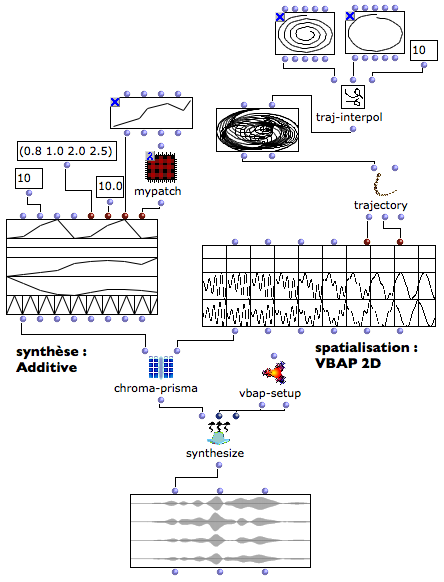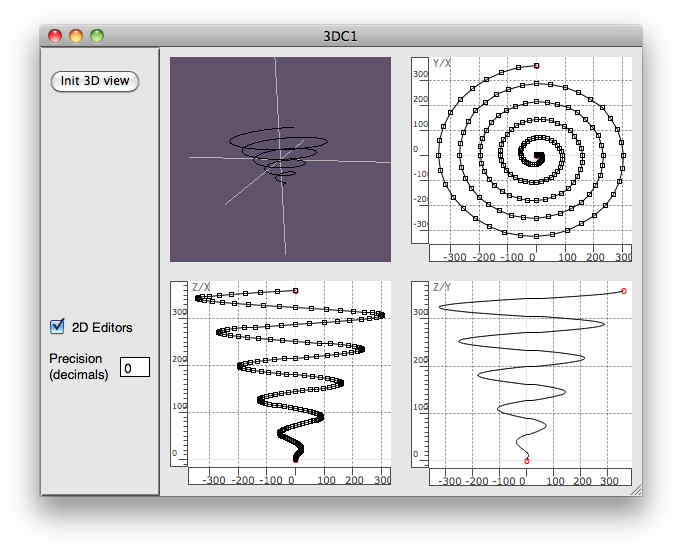Overview
OpenMusic is a full-featured visual programming environment, providing most of the programming constructs of Common Lisp (abstraction, higher-order functions, conditionnals, loops, lists management, etc.). Musical objects and structures (chords, chords sequences, rtythms, break-point functions, sounds) can be created thanks to a set of classes and manipulated with specialized functions.
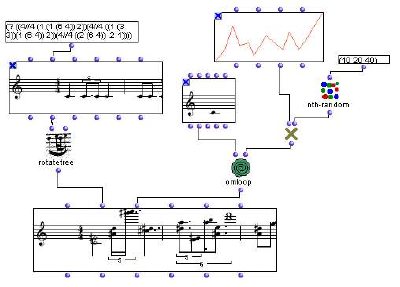
Musical Editors are a fundamental aspect in the OM programming workflow. They allow users/programmers to store, visualize (or listen) and edit the results or intermediate data structures involved in the programs.
Harmonic features allow for the representation of tonal properties in musical objects.


Object Oriented Programming
User-defined classes can be created and connected to the OM class hierarchy. Generic functions and specializing methods can be defined by visual programs.
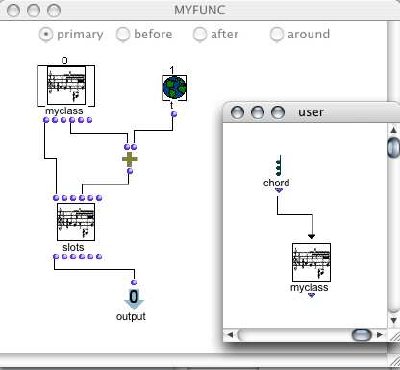
Time Structures
The maquette is an original sequencing/programming interface where musical objects can be organized and connected in a temporal context.
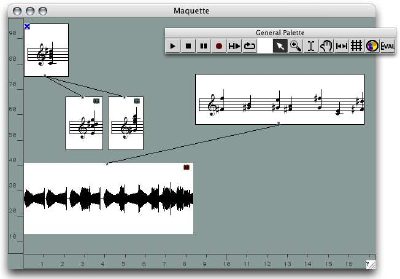
Musical data/format processing:
Representation and manipulation of music and sound description data in MIDI, Audio, SDIF, OSC format.
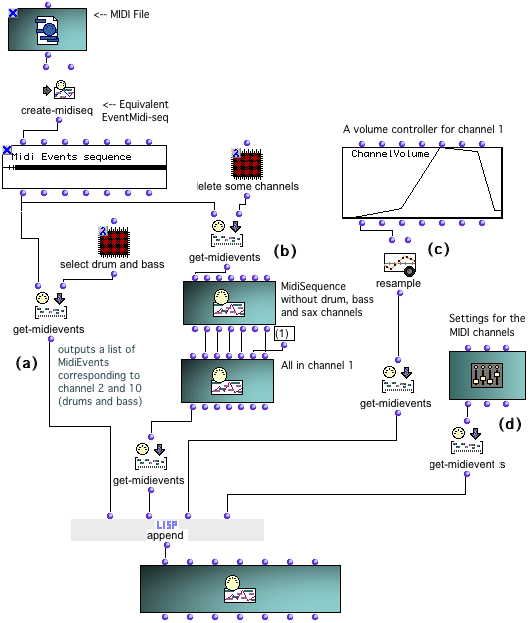
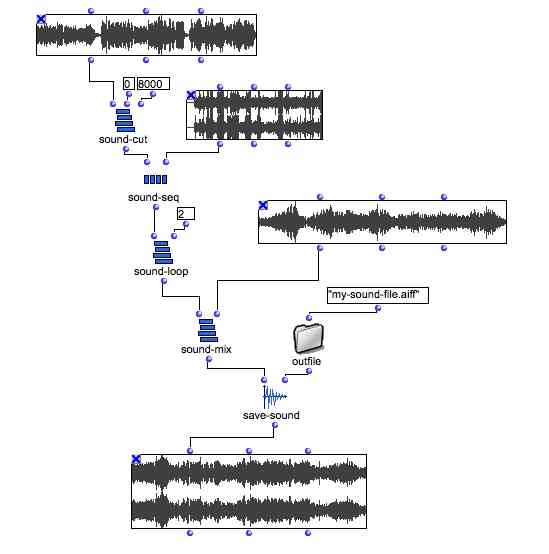
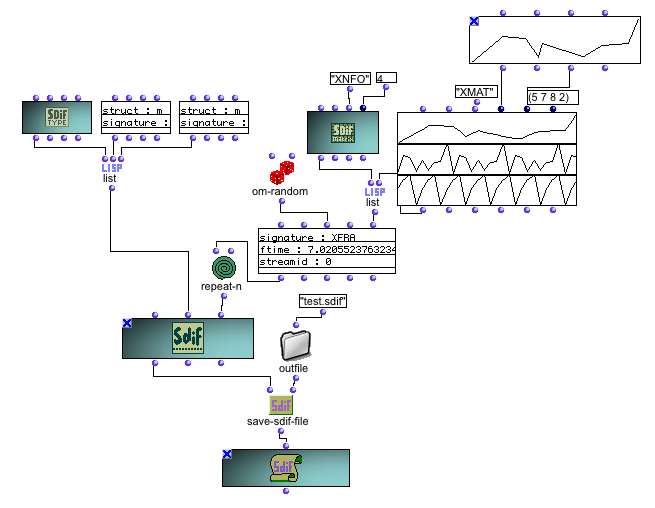
Music analysis:
MathTools is a dedicatyed set of mathematical tools for computer-assisted music analysis.

Sound processing/synthesis/spatialization libraries:
A set of external libraries allow to control external sound analysis, processing, or synthesis tools (see Libaries).
3D objects and other dedicated external libraries allow to control the spatialization of sounds using numerous advanced techniques.

